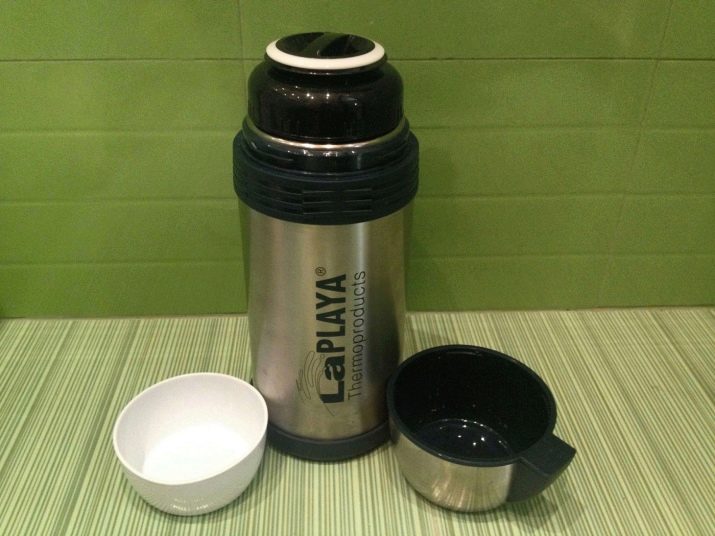All about thermoses with a metal flask
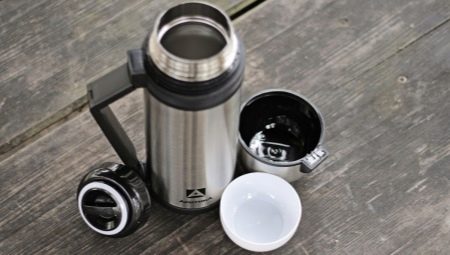
A completely metal thermos is a product that is maximally protected from accidental damage. Although its durability is the best among similar analogues, it also has its own peculiarities of careful use. Metal thermoses are distinguished by maximum ease of use.
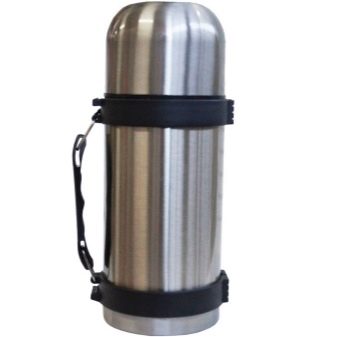

general description
Metal thermoses with a stainless steel flask are devices, the structure of which has a number of characteristic features. Instead of a plastic or glass flask, there is a steel flask made of stainless steel, it does not need an additional mirror coating that reflects heat back to the center of the product, as is the case in thermoses with a glass flask.
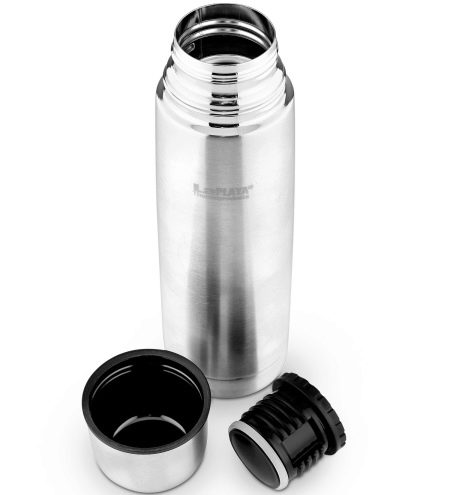
As with all analogs, for example, with a glass flask, any thermos made entirely of steel also has not heat-insulating highly porous synthetic materials, but a vacuum located between the body and the inner vessel. Better than a vacuum, nothing can save heat - any thermal insulation, even if, say, a sponge or mineral wool was used inside, after a few hours, almost all the heat from the inner vessel to the outer walls of the product will be transferred. According to international and domestic GOST standards, the temperature per day inside a high-quality thermos should not fall below +50, whatever the temperature outside, outside the device. In this case, the only element that conducts heat is the “throat” mount, which nevertheless has some thermal conductivity.
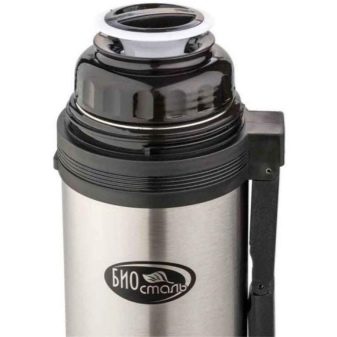
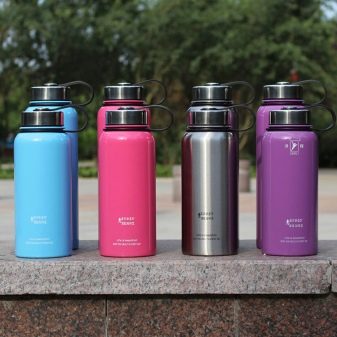
The fact is that the inner flask does not hang in vacuum either, but is installed and fixed by the manufacturer inside the case.It must somehow come into contact with it, even through the neck holder, otherwise during transportation it will come into contact with the body, and heat will be lost faster.

Despite some heat loss, metal flasks are more durable than glass flasks... It is much more convenient to store most hot dishes in such a container. For travel, including business trips, such thermoses are almost ideal. But this does not mean that you will get convenience when hiking and traveling: a steel thermos is noticeably heavier than its counterpart with a glass flask. You will get tired with it much faster when carrying it than with any other. However, even tempered glass, when it cracks in one place, immediately crumbles into small fragments in the form of cubes. The same cannot be said about steel: it absorbs millions of moderate impacts. It is possible to crush a steel flask only as a result of a thermos falling from a great height.
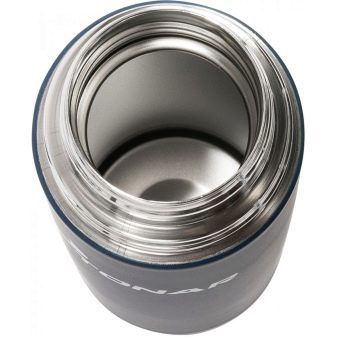
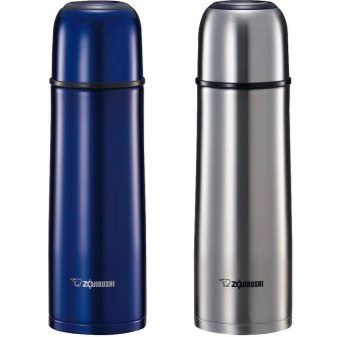
Despite the safety factor, the steel flask is inert... This means that it absorbs the odors of certain foods. Although the absorption of odors in plastic flasks is several times higher, it is not recommended to pour carbonated drinks and freshly squeezed juices into a steel thermos: the smell of "Pepsi" will discourage the desire to fully enjoy apple or orange juice. The same can be said about coffee: if you are not an experimenter mixing different drinks, then the coffee smell of tea or the same juice is not the best option. A steel thermos is better suited for one particular drink (or several similar ones). To get rid of the old smell, you will need to thoroughly wash it with dish detergents.

Steel retains less heat in the same period of time, for example, equal to 12 hours. If the temperature, for example, of cutlets with pasta in 12 hours drops from 90 to 55 degrees in a steel vessel, then in a glass - the final temperature can be 60-63 degrees.
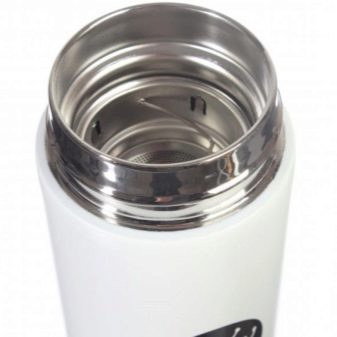
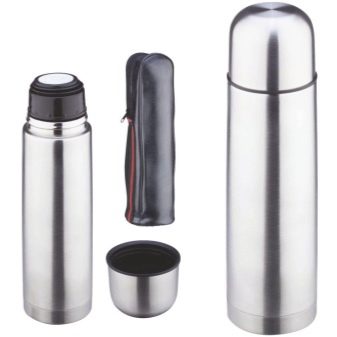
Compared to completely neutral glass, stainless steel still reacts with some acids and gases. Regular abuse of highly acidic foods, meals when eating from a steel thermos can somewhat harm your health. Iron and chromium contained in stainless steel, which displace hydrogen from organic acids, forming salts on their basis, are not useful for the body. In this case, aluminum can become a replacement for a stainless flask: aluminum forms a dense oxide film, which, even when corroded by an acid, is much more harmless than iron and chromium salts.
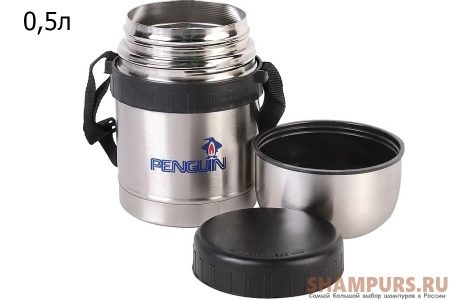
For comparison: a glass beaker will not suffer even from sulfuric acid, while any steel acid will corrode in a matter of minutes. In the case of organic acids, this process is slowed down thousands of times, but it cannot be written off.
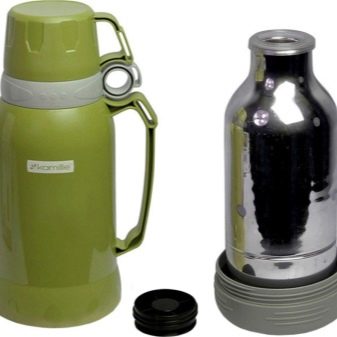
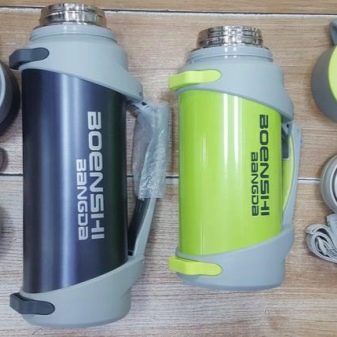
Metal flasks in thermoses are much more common. However, if you became the owner of a thermos with a glass flask, produced during the Soviet era, when many things and household items were made with high quality and conscientiously, then consider yourself lucky. It is possible to replace a broken glass flask only with rare craftsmen who have preserved the same models of thermoses, or they may offer you to build a regular glass beer bottle inside.

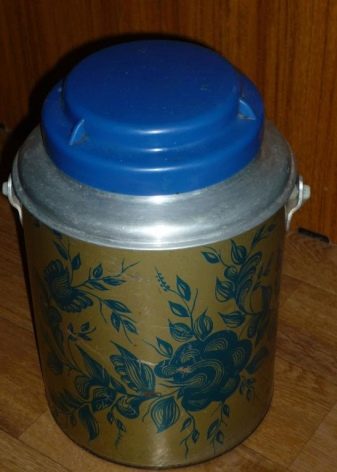
However, it is extremely difficult to restore a vacuum at home in a repaired thermos: the assembly of evacuated thermos is carried out in a factory conveyor containing an airless (vacuum) chamber with a robotic assembler-automatic machine.
Therefore, the repair of a vacuum thermos, most likely, will be limited only to the installation of a heat-resistant and heat-resistant heat insulator.
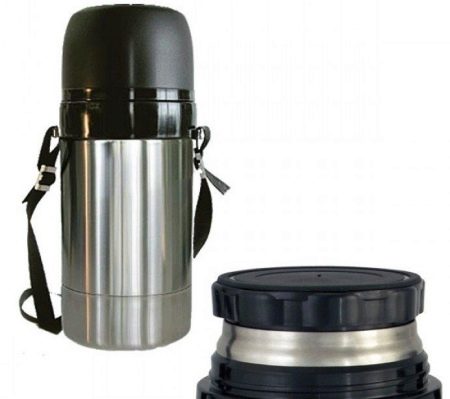
Species overview
Strength all-metal thermos is one of the main parameters of these products. But he is not considered the only one. In the background - durability... Finally, the thermos is selected by displacement... Small vessels - from 0.3 liters - keep heat several times less (in time) than 2-3-liter products.Nevertheless, there are hundreds of models of thermoses on the tableware market, whose parameter values are listed in a wide range. Design, as practice shows, the latter is by no means decisive when choosing.
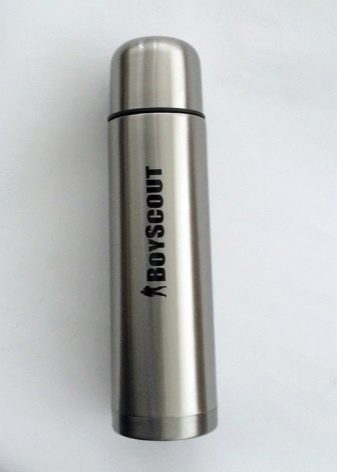
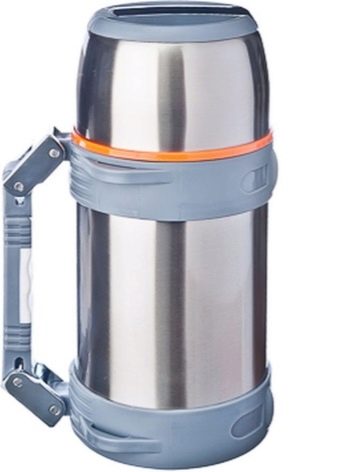
You cannot drop the vessel... Tempered glass, having received the slightest crack, breaks into small cubes, and the thermos will turn into a useless box, where you definitely cannot put food or pour a drink. The aluminum will crack and the product will lose the vacuum in less than a minute, which keeps food and drinks relatively hot throughout the day. Steel dampens vibrations and tolerates multiple shocks well - but when dropped from a great height, it deforms, and the product will look disgusting.
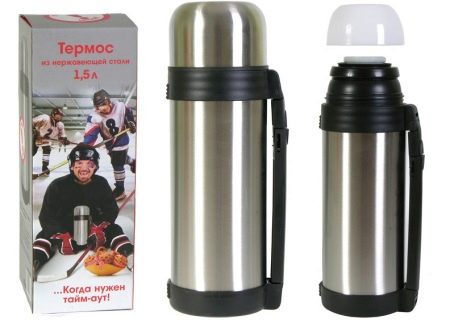
The vessel must be filled to 95% - but not under the neck: food and drinks should not come into contact with the cork, which, albeit slowly, loses the heat transferred to it. And after use, the container is thoroughly washed with dishwashing detergents. When carrying or transporting food or drinks in it, hold it vertically, but not horizontally, and even less so with a cork down.
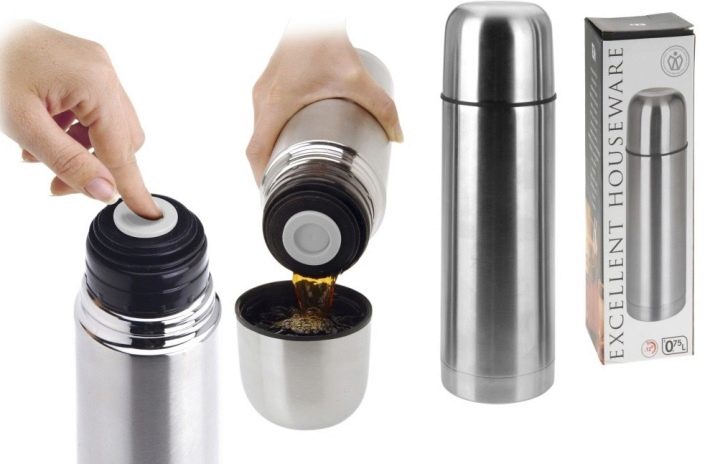
Vacuum flasks are classified into several specific types.
Classic
Regular models are more suitable for drinks than food. Their capacity is most often limited to one or two liters. The neck is rather narrow - only a couple of centimeters in diameter. In principle, you can pour borscht or soup there, and even put porridge, however, it is inconvenient to eat from such a container - a standard table or even a dessert spoon will not pass through the narrowed neck.
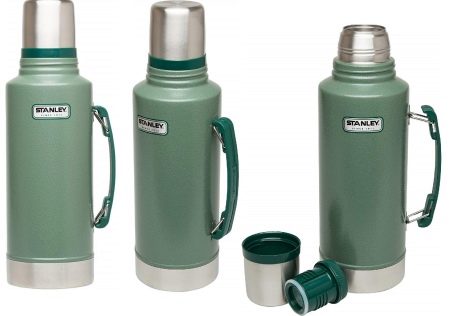
Thermo cups
The capacity of such a product does not exceed half a liter. Used as a substitute for a large mug. Lovers of cold drinks will also keep any drink in such a container cool, even in the heat of several hours. Ideal for users working in an office environment, especially when coffee or tea is not provided as an additional bonus. Using this vessel, you can arrange for yourself a bike or car trip out of town - it will come in handy to quench your thirst. Most of these vessels have a handle, like a real home mug or glass.
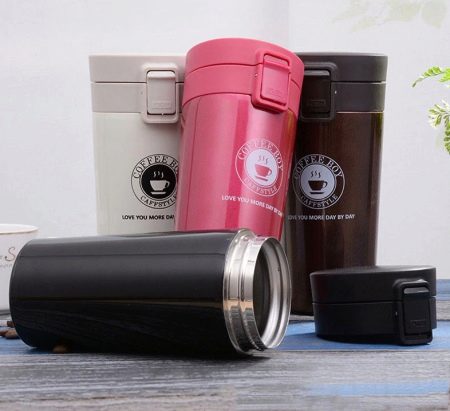
Thermos jugs
These products are more universal... Suitable for drinks and food, they have a neck widened up to several centimeters. The plug is universal - it has a narrowed hole, it is like a "plug in a plug". Some models have a plug with a button, the disadvantage of which is frequent flushing due to clogging of the valve, for example, with tea leaves.
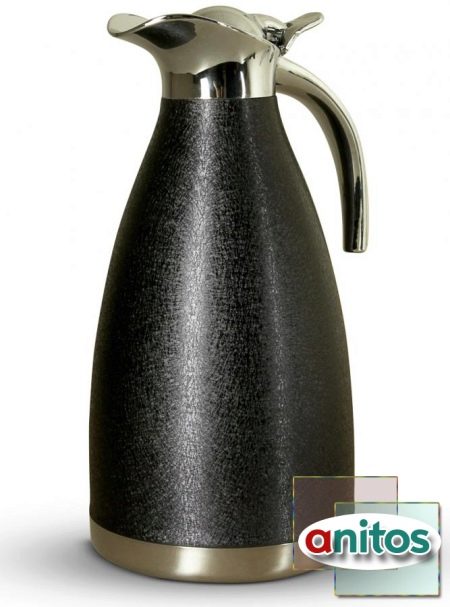
The second flaw is that due to the not completely sealed valve button, excess heat quickly goes outside. If you pour coffee in the morning, you will find that it has completely cooled down in the evening.
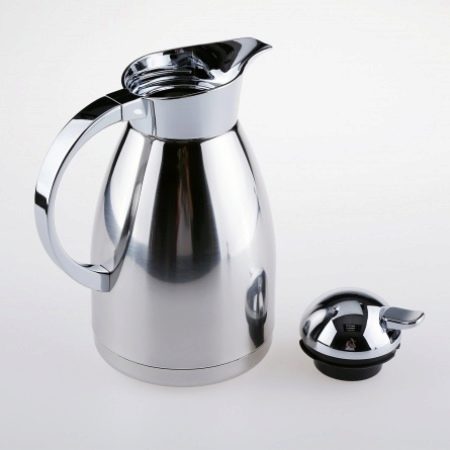
Pump
These vessels are convenient to store and use on the table. The wide container has a lid with a pump, the hose from which sinks to the very bottom. There is no need to remove the lid - one press and the drink flows out of the channel. Since the lid cannot be removed when the liquid is poured out of the vessel, this product retains heat longer than other analogues. The disadvantage is the larger size, which does not fit into every backpack.
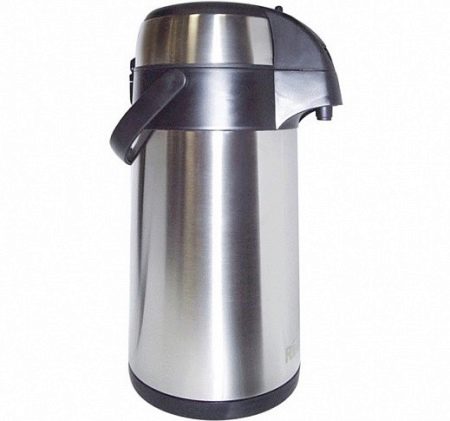
Food
The product itself is understated in height. The neck reaches 10 cm or more in diameter. Suitable for almost any dish. Designed for storing drinks, but drinking from the neck is difficult due to the larger clearance. A variety are food mini-cans in the form of an elongated pan or tank.

Top manufacturers
As statistics show, the best manufacturers are German or from almost any European country. Let's take a look at some great models.
- Thermos Fbb - a steel product with a capacity of a liter, three quarters and half a liter. Pretty lightweight. Suitable for a wide contingent - from athletes to summer residents.

- Thermos JNL-602-MTBK - a combination of a classic vessel and a thermostatic glass. Easy opening and closing of the lid, even with a gloved hand. You can drink straight from the mouth. Suitable for climbers. Capacity - 0.4, 0.5 and 0.6 liters.It is recommended to pour at least 350 ml of liquid into a small vessel, otherwise the heat will be lost much faster.
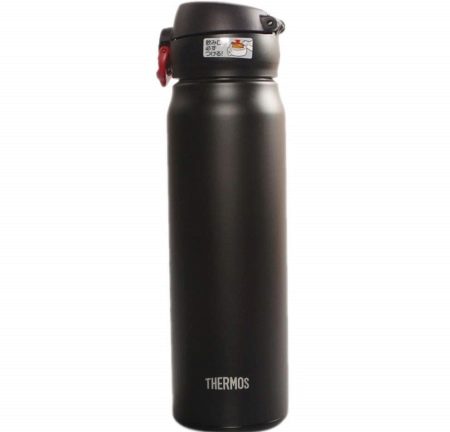
- Stanley Adventure - 1 l, light weight. Suitable for mountain hikers, summer residents and office workers. Possesses a beautiful design - suitable as a practical gift.
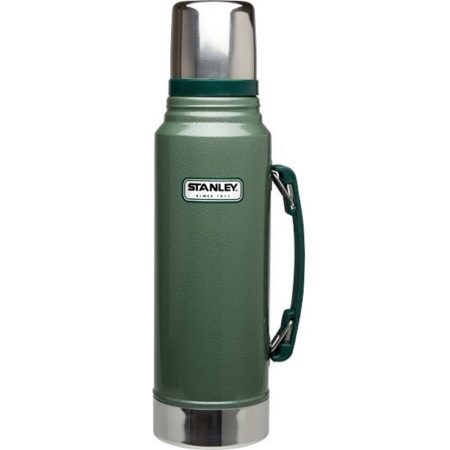
- Thermos 1.2L Ncb-12B - 1.2 l, suitable for lovers of country trips by car.
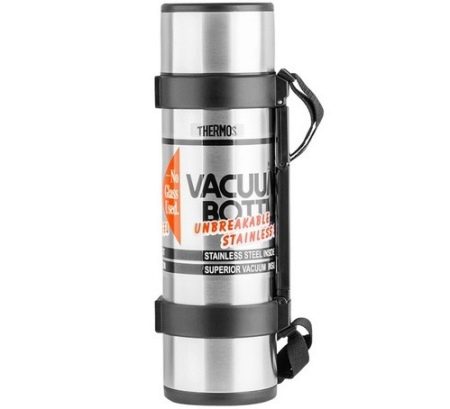
- Sigg hot & cold - made in Switzerland. Equipped with a removable metal grate for brewing tea.

- COMFORT 48100-750 - good for both hikers and for trips out of town by car. Stainless steel double inner vessel, push-button stopper, three quarters of a liter. Suitable for hunters, fishermen, bike travelers.
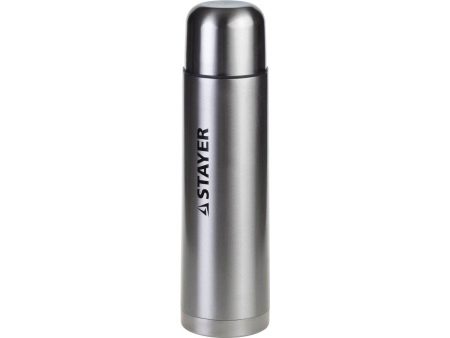
- "Lunch 580" - 580ml, 8cm neck, cup lid, stainless steel inner container. It is recommended to pour at least 500 ml of liquid into it.
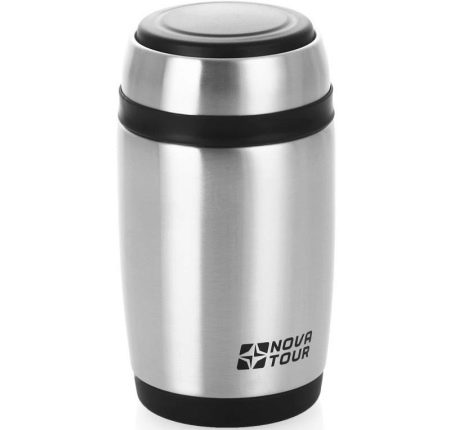
- "Red 750" - three quarters liter, carrying handle. 304 food grade steel, from which the inner and outer vessels are made. Sealed, 18% chromium, 10% nickel - high quality stainless steel. Two valves that keep out heat when pouring drinks.
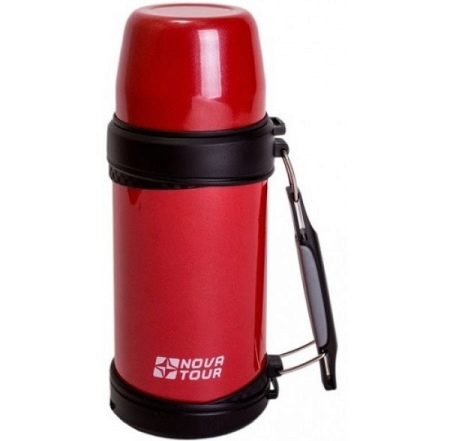
However, the production of thermoses, for example, is developed in Belarus.
Secrets of choice
Inspect the product before purchasing. There should be no chips, abrasions and dents. When shaken, the product should not emit extraneous sounds such as knocking, squeaking or tinkling.
The thermos should not smell either. A pungent smell indicates that either the inner flask is broken and foreign particles and materials have entered the vacuum space, or it itself is made of low-quality (usually Chinese) plastic. Plastic with a pungent odor will not last even for several months. However, the models produced in Russia are of much better quality.

A thermos with a narrow neck will keep warm better and longer. The fact is that the smaller the plug, the less, according to the laws of physics, it gives off excess heat to the outside. The cap and stopper should cover the neck as much as possible. A simple stopper and lid will keep you warm (or cold) better.
A high price does not always mean perfect execution. If the ratio of price and quality is incorrect, in most cases the product may be delivered initially defective. In this case, try to choose Russian products.
Select a vessel with a larger volume. A two-liter one, for example, keeps heat up to a day, and a half-liter one - only a few hours.
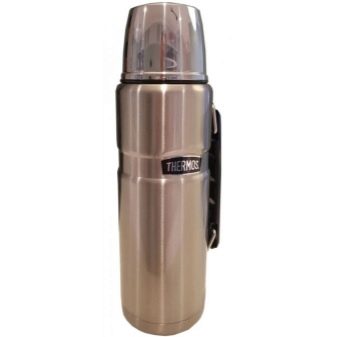
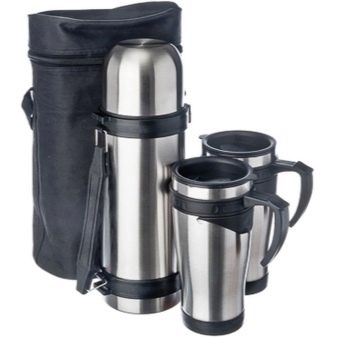
How to check after purchase?
When buying, be sure to check the quality of workmanship at home. If the walls are heated up after a few minutes from the poured boiling water, then there is no vacuum inside, the product does not work correctly, you were deceived.
It is advisable to make a return within a reasonably short time frame - in just a day or two.
When a vessel with a capacity of 1.5 liters or more cools down in a few hours, even if the walls are not heated, with a high degree of probability, in the thermos there is not a vacuum between the outer and inner walls, but a heat insulator. This is evidenced by the barely perceptible heating of the wall (up to 37 degrees) half an hour or an hour after pouring boiling water. It is also recommended to return this thermos back to the store.
